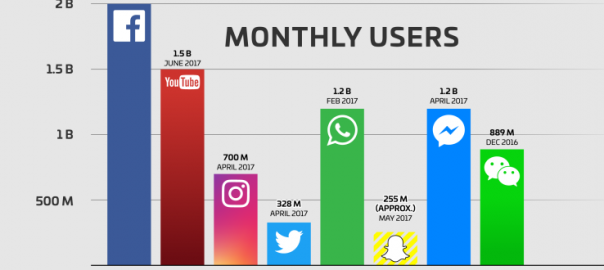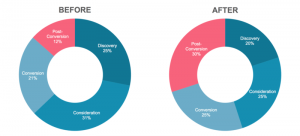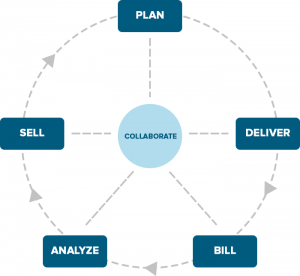— January 9, 2018
Did you know that 86% of consumers suffer from “banner blindness”?
Only 14% of consumers who participated in that study could recall the last display ad they saw. Let alone the last one they clicked.
That was back in 2013. Now, consumers are proactively taking measures to block banner ads. The latest 2017 AdBlock report from PageFair shows a massive shift in consumer behavior from 2013 to present day:
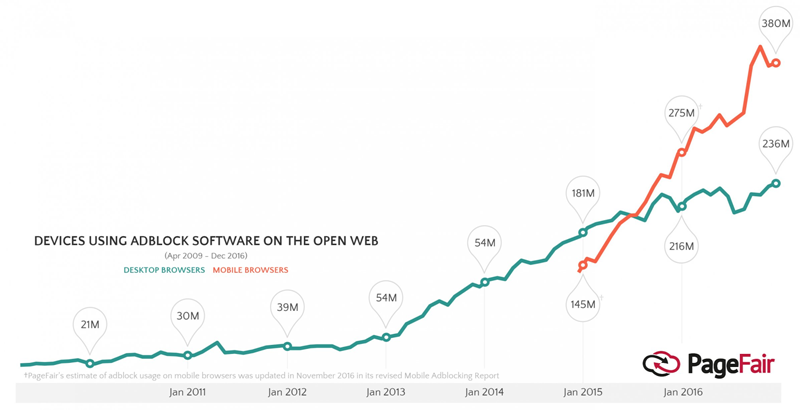
Even mobile ad blocking is gaining steam. It’s gone from zero users to over 300 million in just two years.
Why the dramatic increase in ad-blocking technology over the last 3-5 years? Interruption and annoyance seem to be the biggest factors, beyond data security:
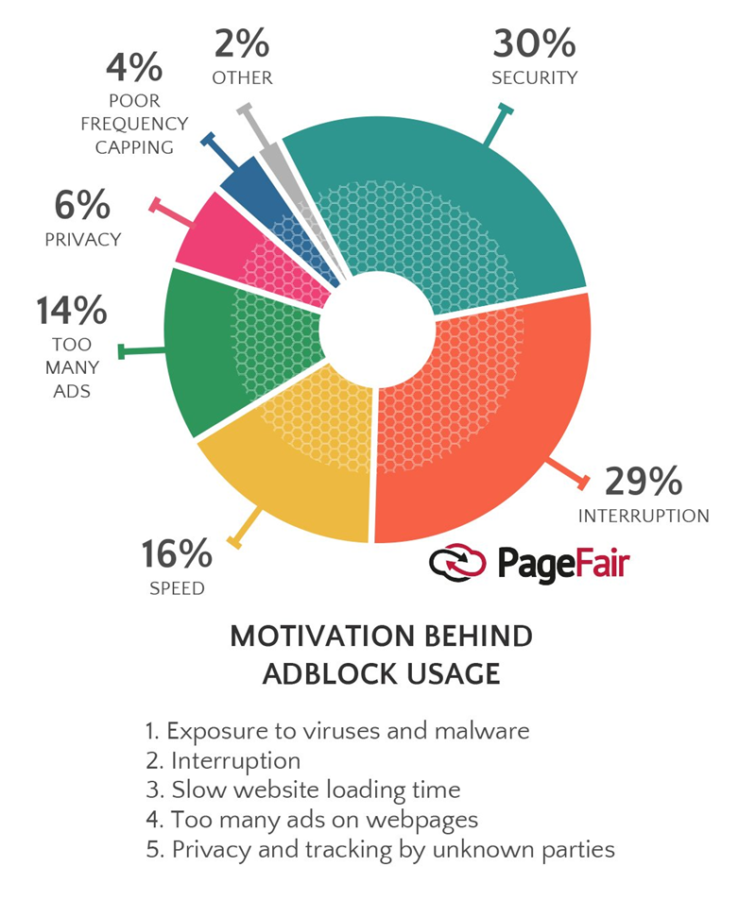
People don’t trust display ads. On top of that, they have a perceived impact of slower load times.
Another study by the Internet Advertising Bureau in the UK found these reasons as to why people block online ads:
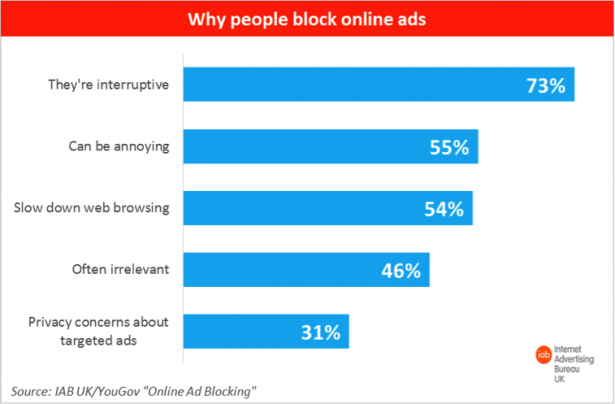
Interruptive. Annoying. Slow. Irrelevant. Privacy. A display advertiser’s worst nightmare.
But this should come as no surprise considering how many ads the average user sees per day, month, and quarter:
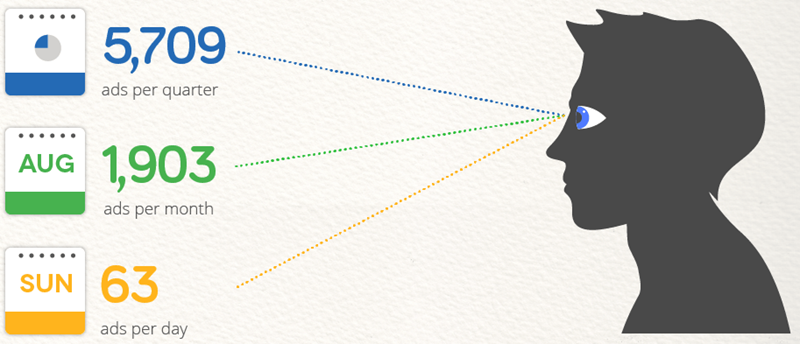
63 freaking display ads per day.
If that isn’t enough to drive you insane or download ad-blocking tech, I don’t know what is.
Another troubling report from eMarketer suggests that by the end of 2017, one out of every four users online will use ad-blocking technology. Based on the latest numbers for worldwide internet usage, that’s 971,391,904 people using ad-blocking software worldwide.
Trying to reach your target market? 25% of them are going to be blocking your ads.
This data may suggest that display ads are dying … but they aren’t dead yet. With the right strategy, you CAN get strong performance from display ads!
Resurrect your display ads before it’s too late by following the three simple tips below.
1. Make your audience targeting as specific as possible
Too many advertisers still have this old-school mindset: The bigger the audience, the better.
In reality, you don’t want a 1,000,000,000-person audience, unless you’re Coca-Cola, with seemingly unlimited funds to throw around. Chances are, you probably aren’t Coca-Cola.
Think about it this way: If you were selling PPC services, you wouldn’t advertise on the Hallmark channel, right? You’d likely only gain the interest of 1-2% of viewers if you were lucky. And those people probably either (a) don’t have the authority to buy or (b) can’t afford to even if they wanted to.
So why are you still creating audiences on AdWords and Facebook with hundreds of thousands (if not millions) of people?
The majority of them aren’t interested. One study found that only 2.8% of people reported seeing an ad that was relevant to them.
2.8%! That means 97.2% of people don’t even know (or care about) what the heck you are trying to sell them.
That’s why specificity is critical for optimal success. AdEspresso proved this with their $ 1,500 display ad test on Facebook – they compared how ads performed with different lookalike audience sizes. They tested 1%, 5% and 10% audience sizes. Can you guess which size won?
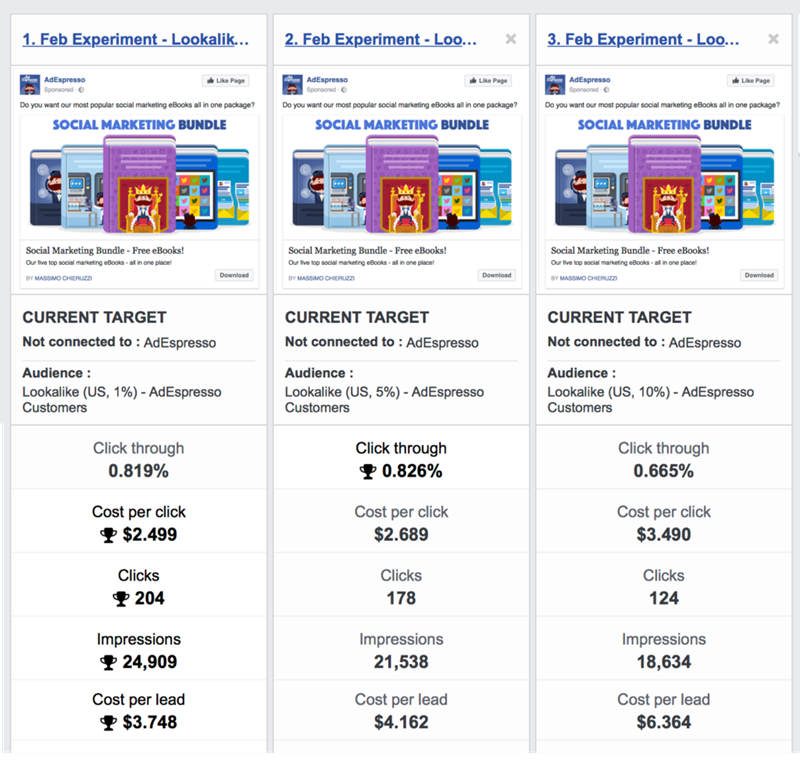
If you guessed 1%, you were right.
The more specific the audience, the lower the costs, and the higher the clicks and engagement. Oh, and also more conversions, too.
A 1% sized audience had half the cost per lead when compared to 10%. And almost double the clicks.
Try getting more specific with your display audiences and cutting out anything that won’t convert.
Lookalike and customer list audiences on Facebook and AdWords are great for specificity.
On AdWords, you can create an audience based on a customer list to match users similar to your existing customers:
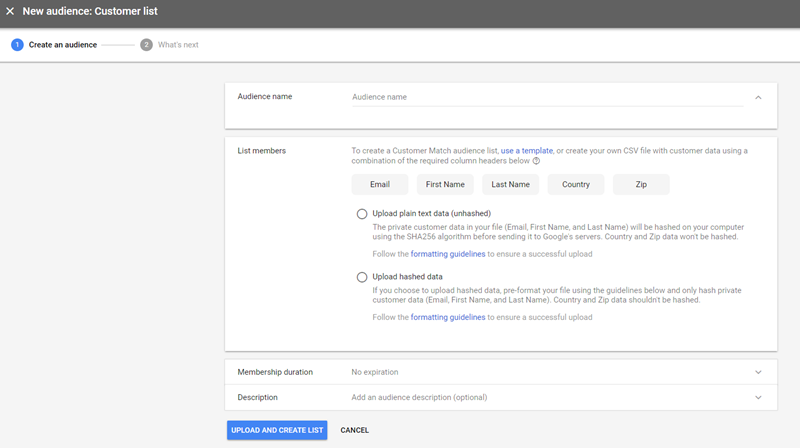
You can do the same on Facebook by creating a lookalike audience from a customer file or an existing audience that’s performing well for you:

Make sure that you select your audience size as 1% for any lookalike audience to get as specific as possible.
Fight banner ad blindness with better targeting methods. Most audience sizes are too big, making most ads irrelevant to the consumer.
Focus on getting a specific, small audience that you know will engage with your ads.
2. Take the user to a dark place
I promise this tip won’t be as creepy as it sounds.
If your display ads aren’t grasping attention, it could be because you’re just like everyone else.
Recently, WordStream looked at 612 top-performing ads on AdWords to see what sentiment the ads conveyed: positive, negative, or neutral.
Here’s what they found:
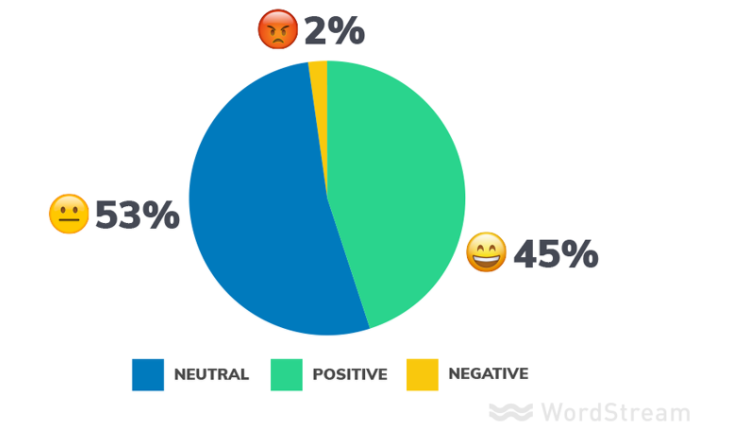
2% of the ads had negative sentiment, and the rest were either positive or neutral.
And that should come as no surprise if you’ve seen your fair share of ads online.
Most are akin to: “Is X a problem? We can fix it!” Everything tends to be sunshine and rainbows. Which is great and all, but it’s not different. It doesn’t stand out.
One way to stand out is to evoke an emotional response from a visitor if you want to get noticed.
Take this example of a display ad from a weight loss company showcasing a clearly negative sentiment:

This creative change led to a 47% increase in CTR!
WordStream also tested this on their own search network ads and saw an 18.8% increase in conversions when they used a negative sentiment.

Switching up your tone and testing different emotional triggers could make a big difference in your creative and your display ad performance. Try using the AdWords ad rotation tool to A/B test positive and negative messaging to see what resonates with your audience.
Rotate each ad evenly and compare the data at the end of the test to see which performed best. And remember, if you change too many factors in your display ad all at once, you risk confusing your results.
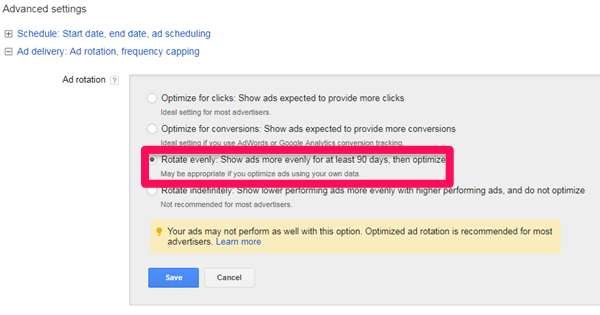
Of course, this tactic won’t necessarily work for everyone. Remember, WordStream did find that most top-performing ads are positive or neutral. But you never know until you test!
3. Use Facebook (and Facebook remarketing!)
If your typical display ads aren’t performing well, Facebook is always a good place to turn to.
It’s often overlooked as lacking intent. But that couldn’t be farther from the truth when it comes to the impact that display ads can have.
Let me explain: It features billions of active users monthly, meaning you’re guaranteed to find your target audience on the platform.
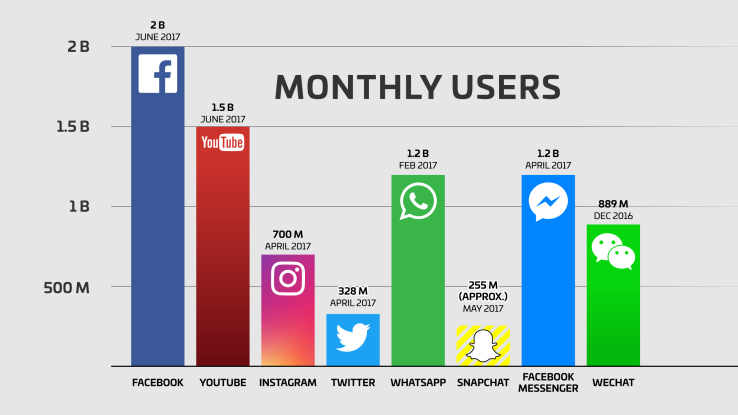
Want to reach fortune 500 workers with an income of $ 200,000-$ 250,000 that have an outdoor-based hobby but hate camping and love fishing? You can do that with Facebook’s targeting options.
Plus, traditional ad blocking technology doesn’t work well on Facebook.
We live in a capitalistic society. And that means one thing: Facebook exists to make money! Cha-ching baby! They don’t want ad blocking technology to deplete the incredible amount of revenue generated by on-site ads.
The New Yorker recently reported that Facebook is taking serious measures and efforts to make ad-blocking tools less effective on its platform. According to a recent filing with the Securities and Exchange Commission, Facebook stated that their business would be in danger if ads were eliminated altogether.
For Facebook, blocking ad blockers protects their bottom line. A bottom line that includes billions of dollars in ad revenue every year.
So what does all this mean for real advertisers? Security in the form of your ad actually being seen by your target audience. You don’t have to worry about half or more of your audience blocking your ads.
Facebook’s massive user base combined with powerful targeting options makes it a perfect place to invest part of your display budget on. On top of that, Facebook remarketing is arguably the best place to retarget interested users.
You can create diverse custom audiences based on tons of different factors from website traffic to social engagement:
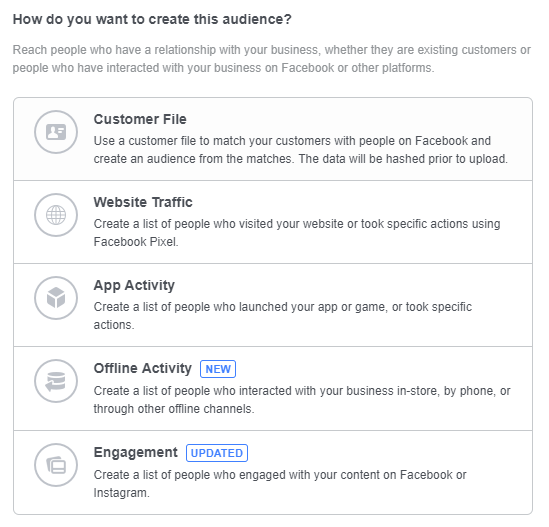
Remarketing on Facebook is powerful because you’re only showing ads to people who have previously shown an affinity for your brand. And we know from hard data that affinity has massive positive impacts on average ad performance.

People are simply more likely to engage with and buy from you if they’ve heard of you before.
To resurrect your dying display ads, try creating a self-sustaining funnel directly on Facebook using remarketing based custom audiences. You can do this by creating two different custom audiences within the Business Manager:
- Remarketing engaged social or blog visitors to download a lead magnet
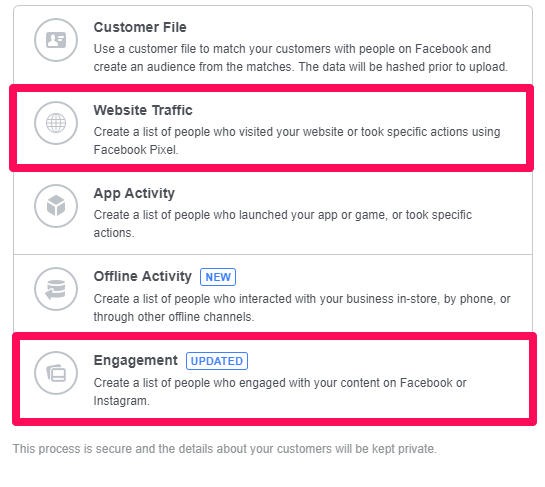
- Creating a lookalike audience based on users who’ve engaged with your social and blog posts
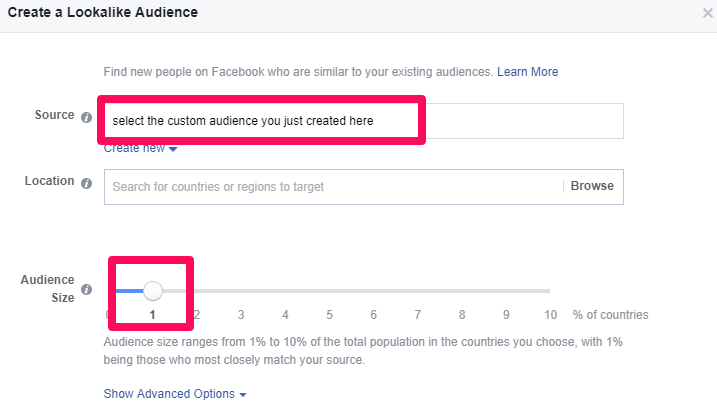
Doing this will allow you to keep generating audiences that are highly likely to engage with you further and become leads. You’re taking already brand-aware users from previous engagements and funneling them into a lead magnet offer.
Next, you’re copying that active audience into new, lookalike users who are highly likely to engage with your content. It becomes a self-sustaining funnel that can help you get the most out of your display ads.
With next month’s budget, try splitting half of it into Facebook display ads. Create these funnel-based audiences and watch your display ad metrics go sky high.
In conclusion (the good news)
Display ads aren’t dead. They aren’t “as good as gone.” But they do require tender love and care to perform at their best.
No longer are the days of setting and forgetting. You have to take matters into your own hands. But there is still good news:
In 2015, Google introduced a “No Impression, No Charge” policy on the display network, meaning you won’t be paying for impressions that aren’t seen by real users. That includes display ads stuck below the fold, in a background tab or being blocked by ad blocking tools.
While this doesn’t specifically fix the impacted reach that might result from ad-blocking tech, it fixes the major problem of paying for it.
You can have peace of mind knowing that your ad spend isn’t being wasted on impressions that aren’t going to convert, and you can focus your energy on making sure the display ads you do pay for are as effective as possible.
Digital & Social Articles on Business 2 Community
(69)
Report Post